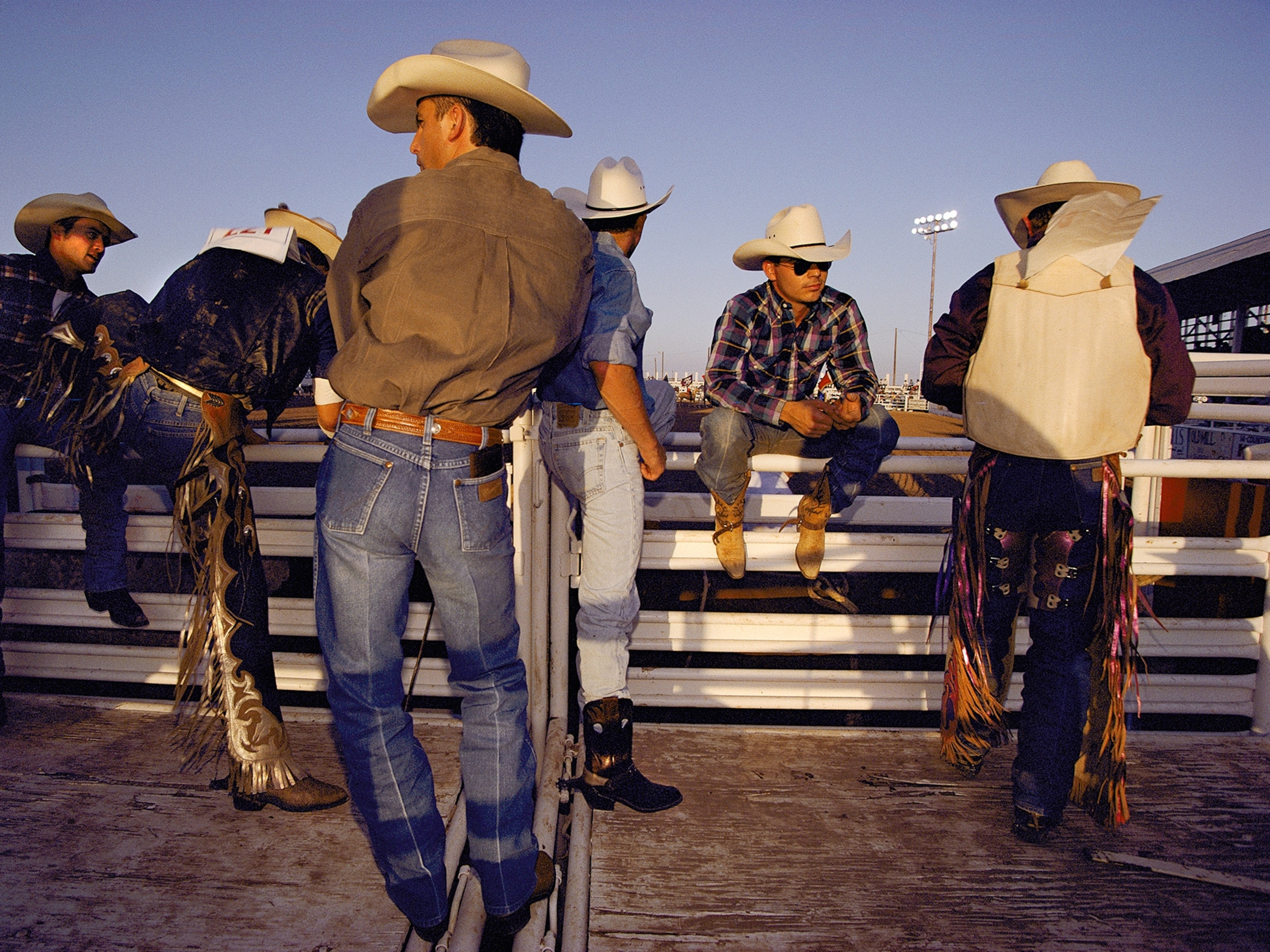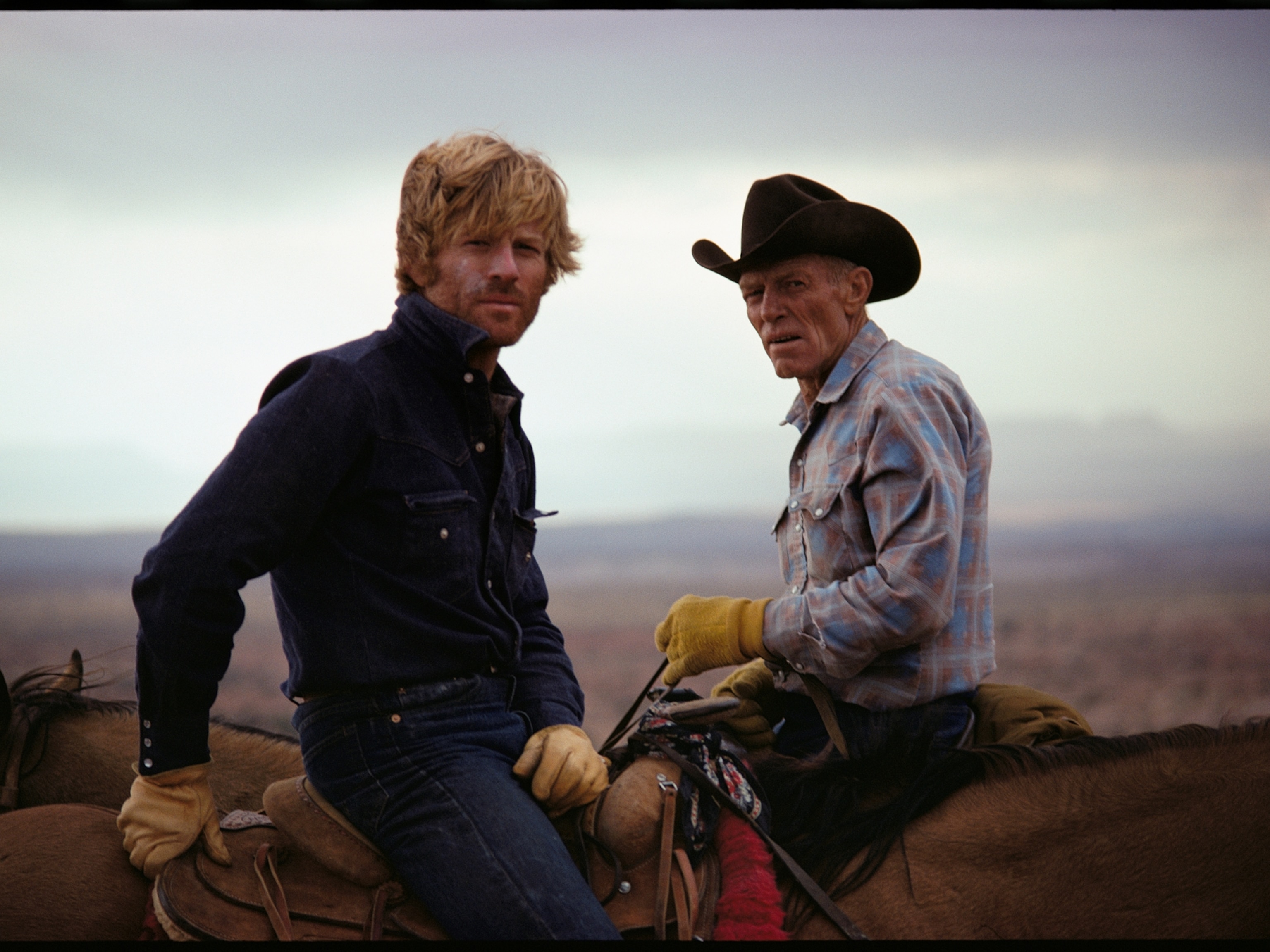Why Does This Calf Have Six Legs?
In a new episode of The Incredible Dr. Pol, the veterinarian is faced with a bovine dilemma—a cow with extra limbs.
The Incredible Dr. Pol has encountered a pretty incredible calf.
In a new episode of the Nat Geo WILD show, the veterinarian treats a calf with a rare disorder called polymelia—in other words, extra limbs.
Polymelia is extremely uncommon: A 2002 study estimated that out of every 100,000 cattle born worldwide, fewer than four have extra limbs. But the phenomenon occurs across nature, as well, with reports in buffalo, chickens, frogs, and even people. The condition isn't fatal, though giving birth to offspring with extra limbs could prove more difficult. In many cases involving domestic animals, the extra limbs can be surgically removed.
In cattle, there’s some evidence that polymelia might be a heritable genetic disorder. But in other animals, extra legs get thrust upon them: In the western U.S., frogs can get polymelia from a flatworm parasite called Ribeiroia ondatrae, which can wreck the amphibian's development. (Read more about Ribeiroia and how it deforms frogs.)

Among Angus cattle, the breed that Dr. Pol examined, there’s at least one solid explanation for polymelia: a mutation in part of the NHL-RC2 gene, which appears to be involved in blood clotting in cows.
Early on in the cow embryo’s development, NHL-RC2 seems to hold sway over the neural crest, temporary strips of cells that eventually give rise to many different body systems, including the head and face. Defects in NHL-RC2 cause tissues derived from the neural crest to duplicate. In Angus cattle, this duplication later manifests as extra limbs poking out from the cows’ necks and shoulders.
Studies of other cattle breeds suggest that polymelia and other limb disorders correlate with breaks and instabilities in chromosomes, threadlike parcels of DNA carried by cells.
Multiple Paths to Multiple Legs?
But NHL-RC2 and chromosomal breaks can’t be the only culprits, however. One study presented in 2014 documented a six-legged calf with two normal copies of NHL-RC2 and no chromosomal breaks.
Instead, the genome of that calf—a male Holstein nicknamed “Legs”—showed preliminary evidence for mutations near two different genes related to limb development and embryogenesis. (These results will appear soon in the academic journal The Professional Animal Scientist.)
But Holly Neibergs of Washington State University, the bovine geneticist who studied Legs, says that without more animals to study, it’s hard to say for sure why Legs so spectacularly earned his name. (See “Cloning Cows From Steaks (and Other Ways of Building Better Cattle.”)
“Is it a weird congenital thing that just happened, or is it an autosomal recessive allele lurking somewhere?” she says.
Overall, Neibergs says that by understanding cattle such as Legs and Dr. Pol’s Angus calf, scientists could learn more about the fundamental biological pathways of limb development.
“If we had more information about it—if we understood the genes better—we might sort out more of the normal physiology by looking at something that wasn’t normal,” she says.
“Oftentimes, if there’s a gene that causes something like this in humans, it causes something similar in domestic animals, and vice versa.”




